#scottish witch
Text


#witchblr#witch art#witch#Scottish witch#earth witch#watercolor style#witch portrait#ai illustration#ai art community#ai art#smquinn#dreamweaverai
11 notes
·
View notes
Text
🔮 Introduction 🔮
Hello Witchblr! After being on this platform for over a decade at this point, I've finally got around to making a witchcraft blog to document my journey.

🔮 Rea (she/her) | 22 | Scottish Highlands
I've been practicing on and off over the last 3 years, however have been drawn towards this path since before I was a teenager. My journey has gone through a few different cycles since then, having been raised Catholic and going in-between personal beliefs.
My other account (@mysticwitchcraftco) was originally meant to be my witchblr account... But I'm just using it as a generic spam one at this point 😂 Feel free to give it a follow though! And it'll be the one that shows follow backs too 💕

🔮 Magical Interests
I'm particularly interested in learning more about Celtic/Gaelic Paganism. Specifically parts that originated from Scotland (though unfortunately there's not much written)
Because of this I am quite interested in some Wiccan aspects such as the Sabbats.
In terms of more 'specific niches', I am drawn towards Hearth and Kitchen Magic, Folk Magic, and Divination. I also want to learn more about crystals. Though I look forward to exploring other aspects too!
🔮 Non-magical Interests
Writing, Smallholding/Homesteading, Music, Fibre Arts, and Burlesque/Body Positive Modelling (which always seems to surprise people)

I'm looking forward to connecting with other like-minded people and sharing my practice journey!
[This post might be edited as I go along and remember more things to put here.]
#witchblr#kitchen magic#kitchen witch#witchcraft#gaelic polytheism#scottish#scottish pagan#scottish witch#gaelic witchcraft#celtic#paganism#pagan witch#celtic wicca#wiccan#pagan#folk witchcraft#scotland#introduction#intro post#green witch#baby witch#kitchen witchcraft
13 notes
·
View notes
Text
Scottish witches stealing peoples milk on Hogmanay
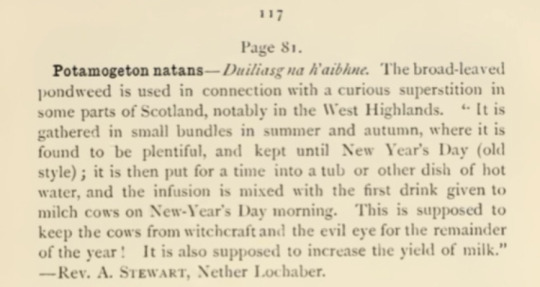
Broad-leaved pondweed to keep the cows from witchcraft
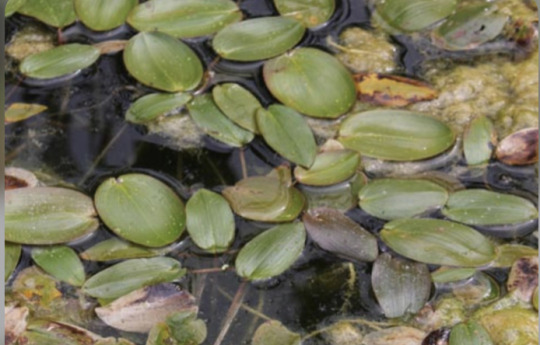
Theres a TG4 documentary called ”An Diabhal Inti” which actually discusses how the witchcraft concept as we know it was brought over from Scotland to Ireland
Before this we mainly had a history of paganism. But witch trials became a relatively new concept. (Its actually quite a cool documentary with Irish and Scottish experts for anyone interested in learning irish who wanna brush up on their Irish would enjoy it)
Another description of Scottish witchcraft

*this book is from the 18th century so it used the word “celtic races” this is an outdated term. The celtic race is not a thing!!!
Yarrow
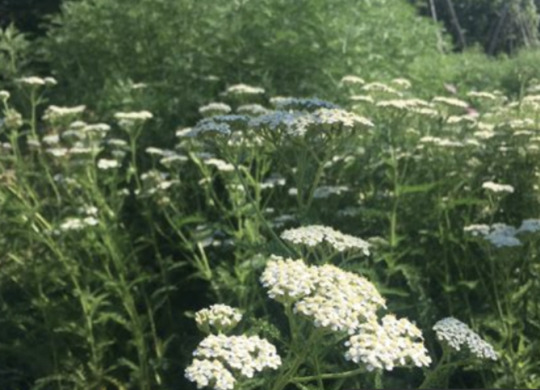
Another account except this time the herb that was used to steal other peoples milk
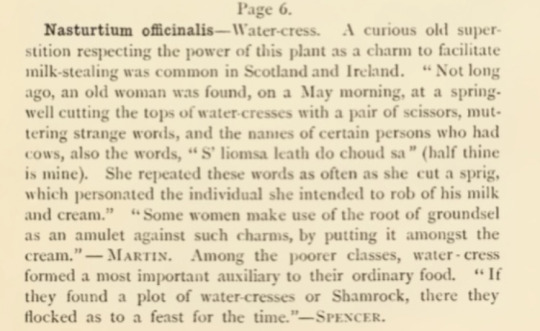
Water cress

so in conclusion
pondweed was used to protect your milk from being stolen
watercress was used to take peoples milk
yarrow gives you a mystic dream that tells you who your true love will be
#Gaelic#scots gaelic#irish#scottish#witch#scotland#scottish witch#Hogmanay#Burns night#Scottish witchcraft#Witchy#witchcore#green witch#plants#history#scottish history#gaeilge#dríaocht#paganism
84 notes
·
View notes
Text
Me pulling the Devil card in 3 different spreads yesterday and pretending I don't see that shit

#I KNOW IM SLACKING#LISTEN THOUGH its been a rough few weeks#Paleo Pines was fun but now Im burned out of it for a while#witch#scottish witch#witchcraft#tarot#tarot memes
5 notes
·
View notes
Text
happy full (and super!) moon :)
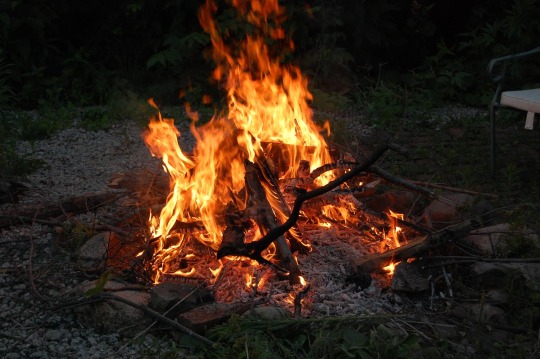



#celtic#brigid#celtic paganism#pagans of tumblr#brigid goddess#irish folklore#witch#witchblr#gaelic#scottish witch
74 notes
·
View notes
Text
I have new followers! Hello Hello!
I love seeing new faces, and want to keep a habbit of being open and real...so you know who I am.. so...ask me some questions and get to know the Ludic Witch!
I'm full of chaos and witchcraft
#witchcraft#witchblr#witchcore#witch community#witch business#ask#ask me anything#witch ask#chaos witch#chaos magick#etsysmallbusiness#scottish witch
0 notes
Text
One of my favourite crystals
#celtic paganism#celtic witch#tumblr witches#baby witch#beginner witch#green witch#crystal witch#scottish witch#smokey quartz
1 note
·
View note
Text
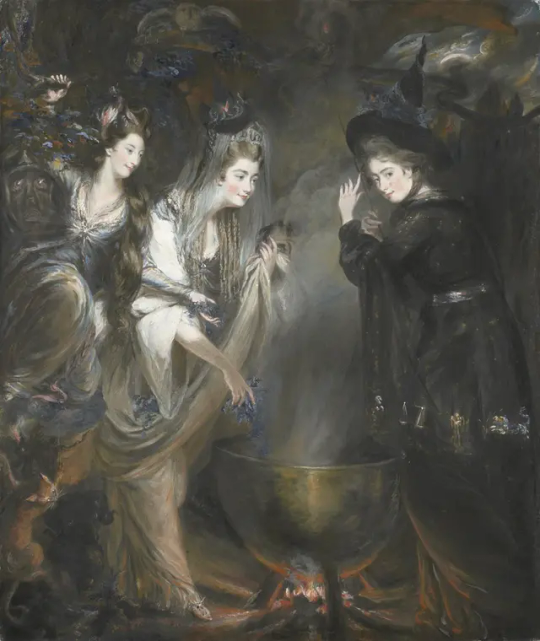
Daniel Gardner (c.1750-1805) - The Three Witches from Macbeth, 1775
portraits of Elizabeth Lamb, Viscountess Melbourne; Georgiana, Duchess of Devonshire; Anne Seymour Damer
#daniel gardner#the three witches from macbeth#william shakespere#macbeth#“the scottish play”#witch#witches#witchcraft#portraits#art#gothic romanticism#painting
159 notes
·
View notes
Text
ghoap x reader black phone au where ghost kidnaps you and soap (the ghost of a man he killed before) is haunting you and “helps” you escape, except it turns out every piece of advice he gives you leads you right back into ghost’s arms
#idk maybe ghost is a witch or smth and he and johnny are still able to Touch and Connect and all that#or maybe ghost killed johnny in a fit of rage and now he’s got this scottish ghost just Vibing in his house#ghoap x reader
202 notes
·
View notes
Text

Macbeth and the Three Witches by Francesco Zuccarelli
#macbeth#three witches#art#banquo#francesco zuccarelli#shakespeare#william shakespeare#prophecy#scottish#england#scotland#britain#witch#witches#supernatural#landscape#storm#stormy#storms#thunder#lightning#thunderstorm#thunderstorms#night#castle#castles#king#tragedy#sky#clouds
83 notes
·
View notes
Text
sso loading screen text "remember that knowledge is power".... imagine the power if the writers knew the lore of the game
#no offense to the likely 1 sse employee doing their best with actual lore but the way they changed bonnys writing was insane and#all the retconning and random shit like when scott was randomly generic evil man in some josh quest#and the shitty dialect things in general like rowan bc that shit doesnt even translate to other langs well its both badly written and not -#- even a good idea whatsoever for a multilanguage game that isnt just in english from the start. but also its just stereotypical and bad#bonny was written charming and interesting and it was really unnecessary to retcon her into this scottish stereotype dialect#and while sometimes they do bring proper stuff from the existing lore like devils gap and turn it into something... theres still-#- a million things that couldve been done better both in the current writing and the old writing as well! it was always a mess#like the ice wraiths of golden hills or whatever theyre called. the dino valley yeti and witch stuff being hinted but abandoned. etc#but they shouldve gotten someone to *read* all that and take notes and try to turn it into something good and more complete.#rather than getting ppl going lol lets change lots of stuff around it will be great (proceeds to make it worse)#disclaimer idk whose fault all of that is but i blame johan sjöberg for being a bad manager of this games potential and#also the whoevers that have had any power to direct and plan and manage shit at that company
77 notes
·
View notes
Text

The Morrigan
#celtic#pagan#irish#paganism#scottish#witch#celtic mythology#illustration#art#fantasy#morrigan#the morrigan#pagan witch#war#fate#god#polytheism#tradition#european
202 notes
·
View notes
Text
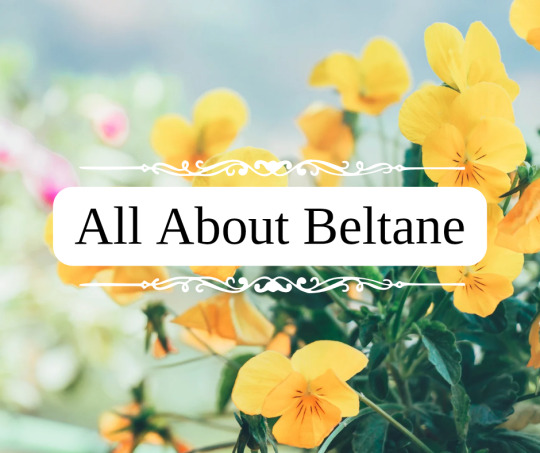
All About Beltane
Beltane, also known as Bealtaine in Irish, is a Gaelic holiday traditionally held on May 1st or the halfway point between the spring equinox and the summer solstice. It is believed to be named after the Celtic sun god Belenus. It was widely observed in Ireland, Scotland, and the Isle Of Man, and is one of the 4 major Celtic fire festivals. It is mentioned in even the earliest Irish literature and marked the beginning of summer and used as the marker to drive cattle into their summer pastures. Although public celebrations have mostly fallen out after the 20th century and many traditions have been mixed with other cultural holidays (such as the Roman holiday May Day), many Celtic Neopagans and Wiccans still celebrate, and many local traditions still continue, causing it to now get a cultural revival.
Traditionally, rituals were held to protect the livestock that moved pastures, along with crops, dairy products, and people, and to encourage growth. It was also important to appease the Aos Sí, or nature spirits/fairies, which were believed to be more active then.
According to early medieval texts in 908, druids would make two bonfires and drive cattle between them to protect them from disease. In the 18th and 19th centuries, bonfires continued to be an important part of the celebrations. Before the bonfires were lit, all hearth fires were put out, and then relit using the fire from the Beltane bonfires after the celebration.
Continuing into the 19th century, cattle were still driven over or between flames, or sometimes around the fires or made to leap over. The people themselves did as well for good luck and protection. Once the fires died down, people would dab themselves with the ashes and sprinkle them over their crops and livestock. Torches from the bonfires would also be brought home and carried around the home or boundaries, and also used to relight the hearth.
Food was also an important part of the Beltane festival, and usually included a feast of lamb, which, historically, was sacrificed. In 1769, it was written that a hot drink, called a caudle, made of eggs, butter, oatmeal, and milk was served, along with tossing a bit on the ground as an offering. A Beltane Bannock, a type of oatmeal cake, was also written to be important and had a few traditions around it.
In one tradition, the Beltane Bannock had nine knobs on it and each person would take the bannock and face the fire, proceeding to break off the knobs of bannock one at a time and tossing them behind their shoulder as an offering to the spirits for protection over their livestock and from predators (one for the cow, one for the sheep, one for the fox, etc). Afterwards, they would drink the caudle.
According to other 18th century writers, there was another Beltane Bannock tradition where the bannock would be cut into slices and one was marked with charcoal. The slices were then thrown into a bonnet and everyone would take one out while blindfolded. According to one writer, whoever pulled the marked bannock slice had to leap through the fire 3 times. According to another, the person would instead be pretend-thrown into the fire and for some time afterward people would talk about the person as if they were dead. This may have always been symbolic, or it may have been a tradition from a time where actual human sacrifice was used. This tradition was also near identical to May Day traditions that occurred in Wales and other parts of Europe, however.
Other traditions including flowers and plants were also observed, especially ones that evoked fire. Documents from the 19th century cite that yellow and white flowers, such as primrose, rowan, hawthorn, gorse, hazel, and marsh marigold was used and placed at doorways and windows. Sometimes they were strewn into garland, and other times they were made into bouquets, made into crosses, or fastened to them. They were also fastened to cows and milking/butter equipment.
Decorating a May Bush or May Bough was also a widespread tradition, and it usually consisted of a small tree or branch (typically hawthorn, rowan, holly, or sycamore) decorated with bright flowers, ribbons, candles, painted shells or egg shells from Easter, and more. In some traditions they also decorated it with gold and silver May Balls, which were hurling balls, that were then either given out to children or gifted to winners of a hurling match. It was also known as the only acceptable time to cut a thorn tree, as they were associated with fairies and may have also been a relic of worshipping tree spirits. It would either be decorated where it grew, or branches hung over windows, doors, roofs, and barns either inside or outside. Traditionally, it was the responsibility of the eldest of the house to decorate it.
The tree was usually left up until May 31st, but in some traditions it would be burned in the festival bonfire after singing and dancing around it. In Dublin and Belfast, May Bushes were brought into town and decorated by the whole neighborhood, with each neighborhood competing for the most beautiful bush. These competitions could also lead to neighborhoods attempting to steal others May Bushes, which eventually led to the May Bush being outlawed in Victorian times.
Appeasing the fairies was also a big part in Beltane celebrations, with many traditions revolving around offerings to the fairies and also warding them off, as there were many fears around them stealing dairy. One protection tradition was to leave 3 black coals under the butter churn. Another was to hang May Boughs on the milk pails. And yet another was to hang cattle tails in the barns. Flowers were also used to decorate the cattle's horns for good luck.
Farmers would also lead a procession around the boundaries of the farm and would "carry with them seeds of grain, implements of husbandry, the first well water, and the herb vervain (or rowan)", stopping at the four cardinal points of direction starting at the east, and performing rituals towards each direction at each stop. These processions were said to bring protection of their farm produce and encourage fertility. Some people also made the sign of the cross using milk on the backside of cattle for good luck.
As for fairy offerings, one tradition was to pour milk or leave food at places associated with the fairies such as "fairy trees". In Ireland, cattle were brought to "fairy forts" where a small amount of their blood was poured into the earth with prayers of the herd's safety. Sometimes, the blood would be left to dry and then be burnt.
Visiting holy wells was also a popular way to celebrate Beltane. Visitors would walk sunwise, moving from east to west, around the well while praying for health. They would then leave offerings of coins or cloth. The first water drawn from the well on Beltane was thought to be especially potent, and would bring good luck to the person who drew it.
Morning dew on Beltane was also thought to bring goodluck and health, and maidens would wash their face with it or roll in it at dawn or before sunrise on Beltane. It was also collected in a jar, left in sunlight, and then filtered. The dew was said to increase sexual attractiveness, maintain youthfulness, protect from sun damage, and ensure skin health during the ensuing year.
Modern day celebrations may vary from these more traditional festival activities, but many choose to incorporate or take inspiration from the traditions at least. Popular traditions still revolve around bonfires, feasts, decorating a May Bush, and focusing on protection and growth.
Beltane Associations
Colors - yellow, white, red, green
Food - lamb, milk and dairy, beef, bannocks, caudle, cakes
Animals - cattle, sheep, other herd animals
Items - primrose, rowan, hawthorn, gorse, hazel, marsh marigold, holly, sycamore, yellow and white flowers, flower garland, greenery, morning dew, dairy products
Crystals - citrine, fire agate, fire opal, carnelian, red and yellow jasper
Other - protection, fertility, good luck, fire, smoke, ash, sun, bonfires, farming
Ways To Celebrate
light a bonfire
jump over or dance around a bonfire
decorate a May Bush or May Bough
craft and hang flower garland
bake Beltane Bannocks
collect morning dew
create some caudle
ward and protect your home or property
leave offerings for the fairies
focus on protection, growth, and luck magic
enjoy time in the sun
have a feast
create a bouquet out of yellow and white flowers
visit a farm or petting zoo
#beltane#beltaine#bealtaine#celtic#gaelic#irish#scottish#pagan#witch#witchy#wicca#may day#magick#magic#magickal#grimoire#tradition#celebrate#bonfire#fire festival#witchcraft#spiritual#witchblr#witch community#paganism#pagan witch#celtic paganism#paganblr#about#dairy
37 notes
·
View notes
Text
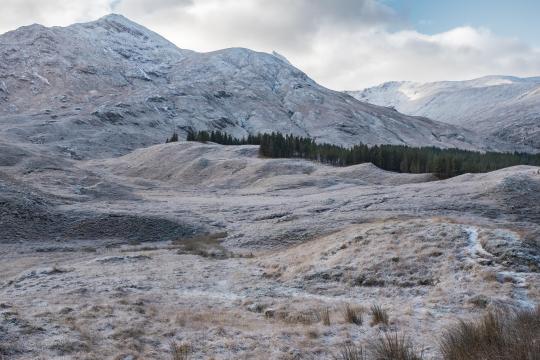
The Frosty Scottish Highlands
#scottish highlands#snow#scotland#ireland#highlands#celtic witch#celts#europe#scottish winter#winter#european winter#paganism#black metal
299 notes
·
View notes
Text

#witchblr#witch art#witch#witchy woman#watercolor style#divination#scottish thistle#ai art#ai art community#smquinn#dreamweaverai
23 notes
·
View notes
Text
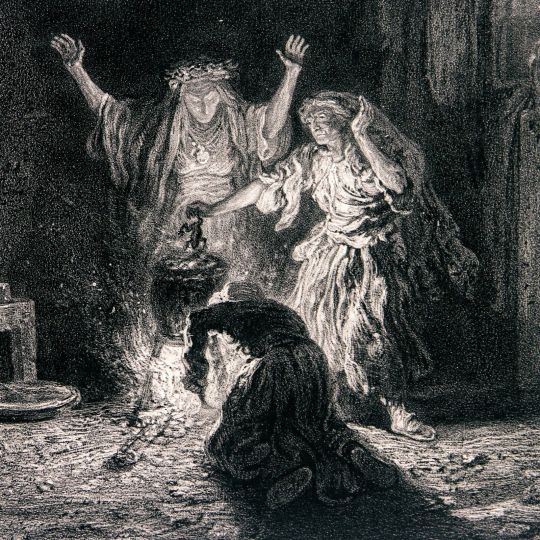
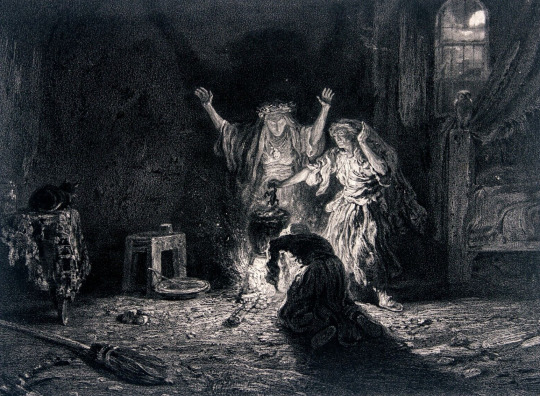
Charles-Nicolas Cochin (1715-1790) - Les Sorcières de Macbeth (The Witches of Macbeth)
#charles nicolas cochin#les sorcières de macbeth#the witches of macbeth#william shakespere#macbeth#“the scottish play”#witch#witches#witchcraft#art#illustration#engraving
149 notes
·
View notes